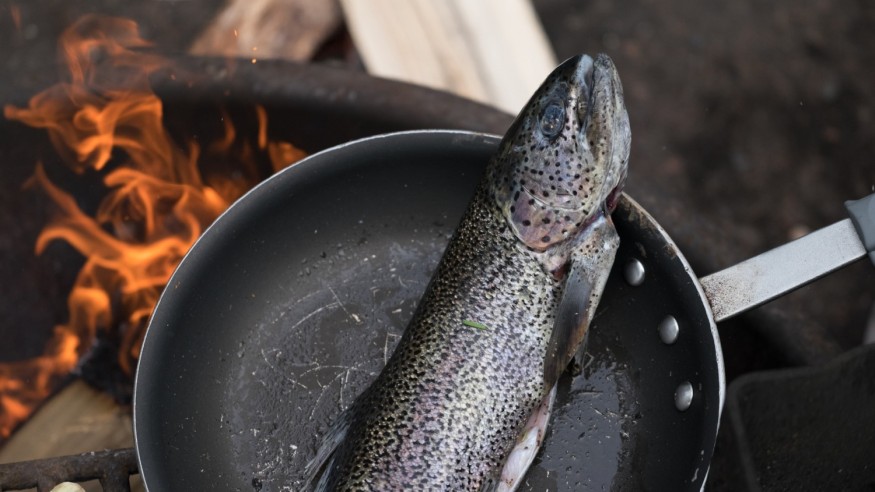Fish fossils indicate that cooking may have originated 600,000 years earlier. Researchers believe that individuals who lived 780,000 years ago like their fish well after studying carp bones.

Earliest Evidence of Cooking
In what Israeli researchers claim is the earliest evidence of fire being used for cooking, they have discovered that early human predecessors who lived 780,000 years ago liked their fish well done.
Archaeologists disagree on the precise date that humans first began cooking since it is difficult to establish that an old fireplace was used for anything other than heating.
But the advent of the culinary arts represents a significant turning point in human history. It has greatly aided our ultimate global expansion by making food simpler to chew and digest.
Research published Monday in the journal Nature Ecology, and Evolution claims that Neanderthals and early Homo sapiens provided the first "definitive evidence" of cooking 170,000 years ago.
Extensive Study

Irit Zohar, an archaeologist at Tel Aviv University's Steinhardt Museum of Natural History, spent 16 years working on the study, which advances that date back more than 600,000 years.
She has cataloged hundreds of fish remains discovered during that period in the northern Israeli site Gesher Benot Ya'aqov.
The Jordan River's banks previously housed a lake. A great trove of old fish fossils there enabled the academics to determine precisely when the earliest cooks began experimenting in the kitchen.
To create a narrative about human development, we had to piece together more and more material, Zohar told AFP.
According to her, the first hint was found in a location with "almost no fish bones" but heaps of teeth.
Fish bones weaken and dissolve at temperatures below 500C (930F) but retain their teeth at higher degrees, which may indicate cooking.
The same location included charred flints and other signs indicating it had formerly been a fireplace, according to Zohar's colleague.
Additionally, the majority of the teeth belonged to just two very large species of carp, suggesting that these fish may have been chosen for their "succulent" flesh, according to the research. A few of the carp were more than two meters (6.5 ft).
According to Zohar, analyzing the enamel of the teeth provided the "last" evidence.
At the Natural History Museum in London, scientists employed 'X-ray powder diffraction to examine how heating alters the crystal structures that make up enamel.
They discovered that the teeth from the critical section of the lake were exposed to a temperature of between 200 and 500C by comparing the findings with other fish fossils (400-930F). That temperature range is ideal for well cooked seafood.
Studying the History of Cooking
Though the study offered the possibility that our ancestors may have utilized an earth oven, it is still unknown whether they baked, broiled, poached, or sautéed their fish.
Homo erectus is considered to have used fire for the first time about 1.7 million years ago. According to Zohar, they could have eaten the fish adjacent to the fire, but just because you can manage fire for warmth doesn't imply you can control it for cooking.
Then, according to Anas Marrast, an archaeozoologist at France's National Museum of Natural History who was not involved in the study, the human ancestors may have burned the bones.
She continued that the issue of exposure to fire "is whether it's about getting rid of remnants or a desire to cook.
For more prehistoric news, don't forget to follow Nature World News!
© 2025 NatureWorldNews.com All rights reserved. Do not reproduce without permission.





